It was a house. I have walked out of many doors without a second glance backward. It was my family’s home for more than two decades, an old farmhouse with more problems than most women would have put up with. It was a home, and it came tumbling down. I listened to my father telling one of the men about it, while I was picking blueberries from bushes I planted a few years ago. The last time I will be able to do that, I believe.
Dad explained the history first, as he always does.
“It was part of the old Moses Farm. The big house was over there,” he gestures to the West. I know this without seeing him, I have heard it so many times. “This was the aunt’s house,” he goes on.
It was a dairy farm, back then. There was a big barn out behind the house, but it had been gone, burned down, for forty years when we moved in. The foundation was covered in weeds, but off to one side is where the horseradish grew best. There was a truck garden, too, that earned the spinsters money, and that is where our greenhouse and garden were now located as well.
The dairy farm, and an old New England custom, is what brought the house down, a hundred and fifty years after it was so carefully constructed right over an active spring. The spring kept the milk fresh and sweet until it was sent to market. There was a dumbwaiter in the floor where the big tin cans could be lowered into the cellar and put in the cold water. Also, in winter it was a source of water when the shallow hand-dug well froze over. It had been long filled in and rarely bubbled up when I lived there, but we always had a damp, if not wet, basement, because of it. The stone foundation and dirt floor of the old part of the house meant that the sills and beams would eventually rot.
When I came to the house as a teen I didn’t worry about that. I was more concerned with the fields, forest, and streams outside. I would lay up in my attic bedroom, which sweltered in the summer and froze in winter, reading and listening to my radio. Later, coming back to the house as an adult, I learned more about the house’s faults. It had been renovated in the sixties, by someone with no money and less sense. The wiring we uncovered as we replaced walls was terrifying. Often three-foot chunks of salvaged wire, it was simply taped together. We had a dead short in the kitchen that led to the breaker box spitting arcs of blue electrical discharge. Dad came home, I told him what it was doing, and he said, “nah, can’t be.” He walked downstairs, and I watched from the top as he threw the breaker back on – and jumped back a little when it arced.
There were memories in every inch of that place. My third daughter was born there, upstairs, with the midwife running late and the baby coming early. The midwife made it just in time. My son came home from the hospital at a day old to that house. My first two daughters were both toddlers when we moved back in with Dad, and don’t remember any other home. It wasn’t a big house, and we were often cramped, but it was happy. The kids played inside and out. I canned, cooked, ran a business, and tried to mother best I could.
The kitchen was the heart of the home. Every bit as big as the living room, it was dominated by a heavy table in the center, and that was where we gathered. Guests came and sat and drank coffee (or smaller ones, milk and juice) and talked, while I got together the meal. If you had been at that table more than once, you weren’t a guest, you were family, and you were welcome to pitch in and help. I always appreciated the conversation of someone I didn’t get to see often enough, while I worked. I taught all four of my children to cook in that kitchen, even my son, from the time they were old enough to stand on a milk crate to reach the counters, and hand me things to help.
The last few years at the farm my bedroom was just off the kitchen, and it was also my office. Because we had shut off cable, the only place to watch a show was on my computer. We didn’t watch a lot of television or movies, but when we did so, everyone piled on my bed to be able to see the monitor. I’d sit with my back to the wall, and a pile of kids around me, on my legs… Dad would come sit on the edge, or in my office chair, and it was messy, but fun.
I moved away in the spring. At first we thought it was a temporary move, but then my Dad knew he needed to be able to offer his parents a place to stay, as they were no longer able to be on their own. When the house was examined for repair, the true damage to the sills became evident. We had known for years that part of the Eastern sill was shot. The man who sold us the house had camouflaged it with two-by-twelve board, and because a home inspection was not done before purchase, this went unseen. What we didn’t know was how far the rot had spread, up even into the support beams. The house was dying.
I came back in the late summer to visit, and watch the house come down. I arrived too late to see the initial collapse, but they had just brought it down when I pulled into the drive. The chimney still stood, amazingly enough. We had been expecting that, built without a proper foundation, to come down almost since we moved in. Swarms of wasps darted around the heap of the broken house. They had been nesting in the attic and walls for more than a hundred generations, one summer to the next, and now they had lost a home, as well. I stood and watched as the excavator bit into the bones of the house, cracking the brittle wood with abandon, and lifting piles into waiting dumpsters.
It was just a house. I grew up a military brat, moving more times than I can remember as a child. Houses came and went. This one was a little different, as difficult as it was to live in at times, it was my home, and my children’s, and the memories will always be with us. The moisture in my eyes was just from the dust of the old wood and plaster. It certainly wasn’t me crying over a house.
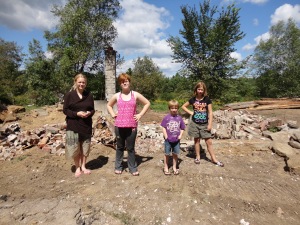
- The kids stand where the living room used to be.
- Also blogged over at http://www.cedarwrites.com.
- I will not be posting any longer here at the farm blog, this is the swan song for my time as a farmwife. Maybe I will have my own place in years to come!

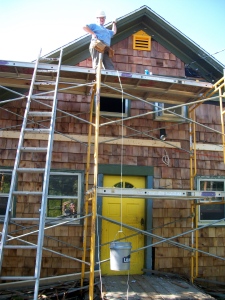
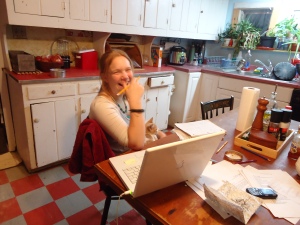
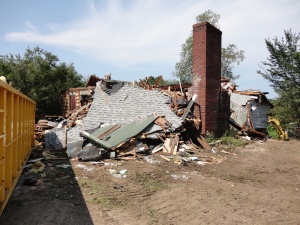
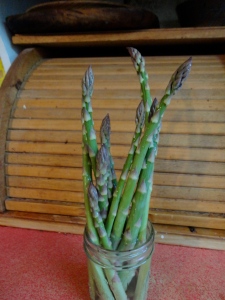
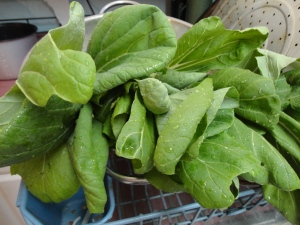

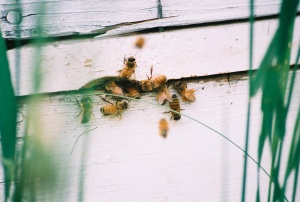



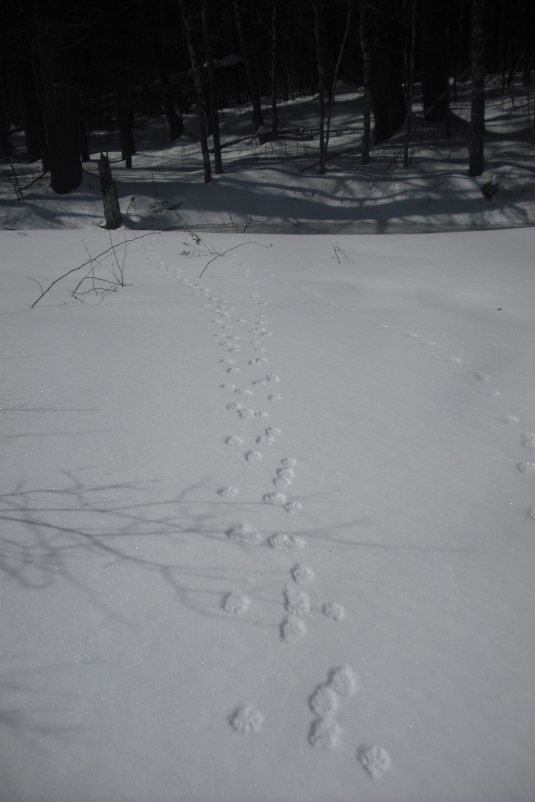











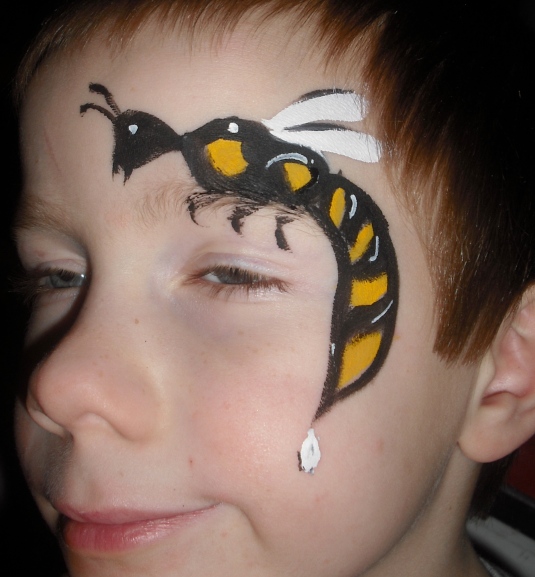


The Other Blog
14 Mar 2013 Leave a comment
by Cedar Sanderson in Education, Uncategorized Tags: blogging, Cedar Sanderson, commenting, Writing
My daughter took this of me, and everyone seems to like it.
It occurs to me that when I comment or otherwise chime in on other’s blogs these days, there may be some confusion when you check me out and find a farm blog (or these days, slice of life family blog). I also write, and that blog is here: http://cedarwrites.wordpress.com. My name really is Cedar, that’s not a pseudonym. OK, that’s the faq’s, Ma’am…
Share this: